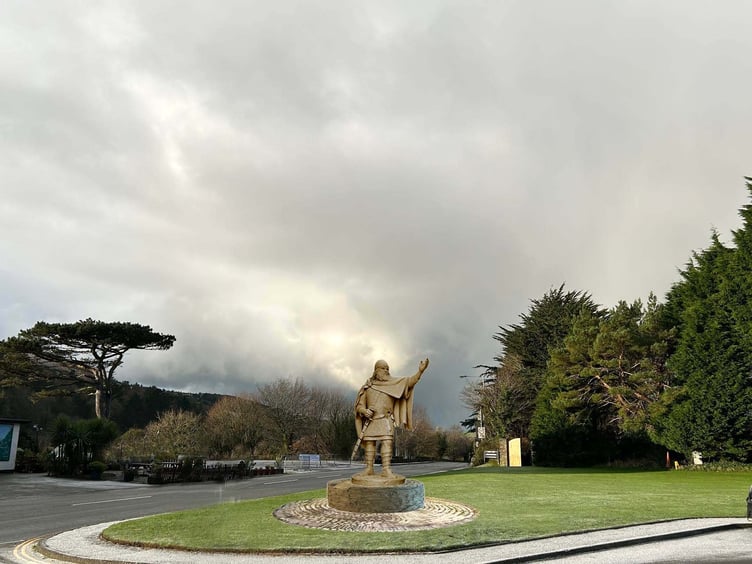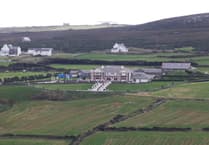The application (25/90193/B) submitted by Tynwald president Laurence Skelly was unanimously approved by the planning committee in July despite being recommended for refusal.
But MNH has now lodged an appeal having previously objected to the sculpture, expressing concerns about its historical accuracy and claiming the applicant had ‘fallen into the trap’ of conflating folklore with heritage.
In its appeal, MNH says the planning committee ‘disregarded’ its concerns.
It says: ‘The appeal is made following the Planning Committee’s decision to approve the application and, in doing so, to disregard the professional opinion and recommendations of Manx National Heritage and the Planning and Development Control Directorate of DEFA, which were grounded in policies set out in the Isle of Man Strategic Plan.’
The appeal went on to identify reasons why the application should have been refused.
It says: ‘In particular, the written submission of MNH drew attention to the negative effect of the proposed development on the setting of a site of archaeological interest and the omission of any kind of planning statement demonstrating how the applicant had considered the impact of the development on the surrounding environment.’
MNH also raised concerns about the potential for damage and disturbance of Tynwald Hill which is one of the most important archaeological sites on the island.
During a planning committee meeting in July, local historian Charles Guard insisted: ‘This is a metaphor and symbol of our Viking history. We are only sitting here today because of the Vikings.’
MNH questioned the historical basis of associating Godred Crovan with the Milky Way and the title ‘King Orry’, citing 19th-century myth-making and lack of evidence in medieval sources.
Mr Guard also insisted the site had been very carefully considered and there had already been an archaeological assessment which had concluded this specific plot was ‘unequivocally clear’ of archaeology.
He said Godred Crovan was a ‘historically attested’ figure and the sculpture would not impinge on the main Tynwald site.
The statue, which will stand at a height of just under 3m including its plinth, has been privately funded.
Speaking after the planning committee’s decision last month, Tynwald president Mr Skelly said he was ‘absolutely delighted’ - but predicted there could be an appeal.
Recommending refusal, the planning officer said the proposal raised significant concerns in relation to heritage, landscape character, and pedestrian safety - and would result in unacceptable harm to the value and function of Tynwald Hill.
But committee member Peter Whiteway said: ‘I don’t see a problem with it.’
Acting chairman Peter Young said: ‘I think it’s a great idea.’
The appeal will now be considered by the Cabinet Office in due course.
What are your thoughts on the statue? Have your say by emailing [email protected] with your views for possible publication. Include your name, address, and phone number for verification. Anonymity requests will be respected.


.jpeg?width=209&height=140&crop=209:145,smart&quality=75)

.jpeg?width=209&height=140&crop=209:145,smart&quality=75)